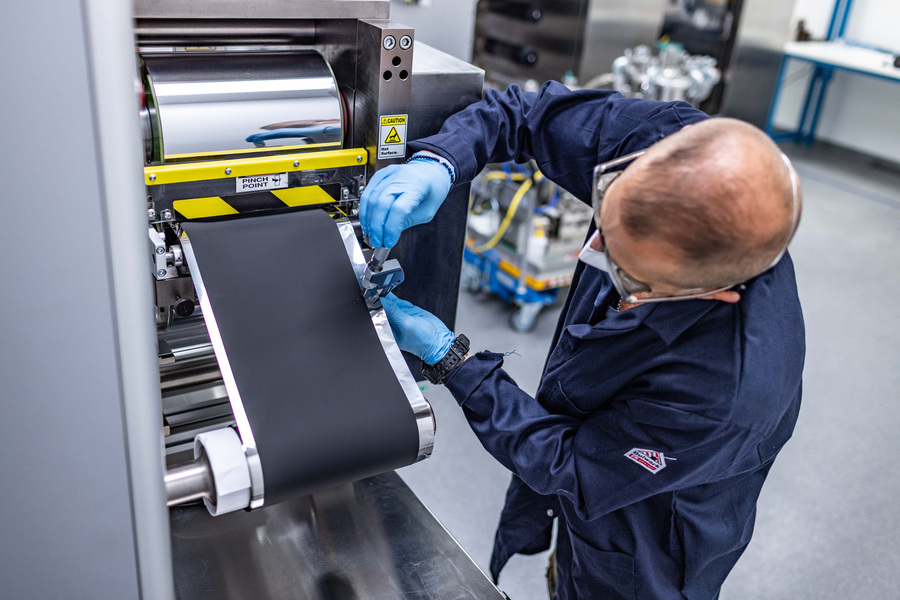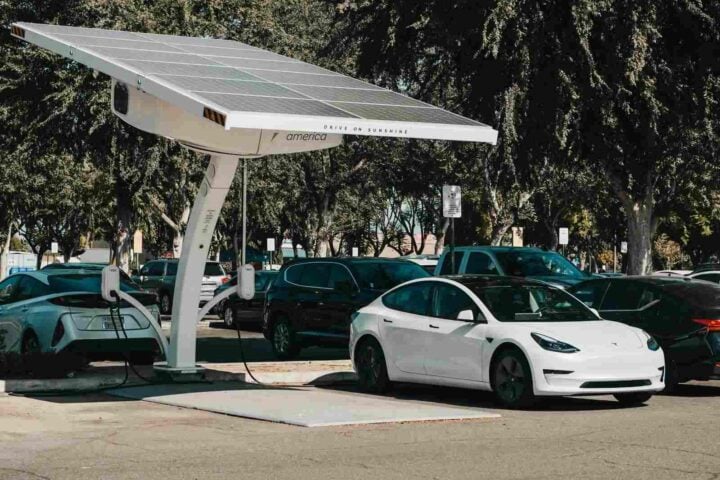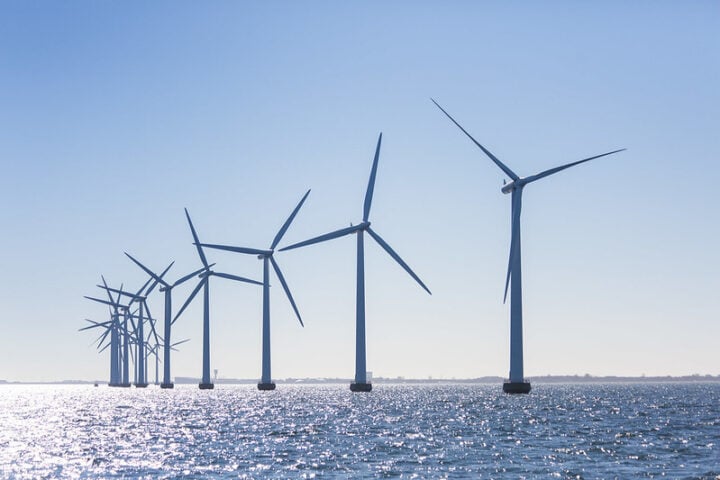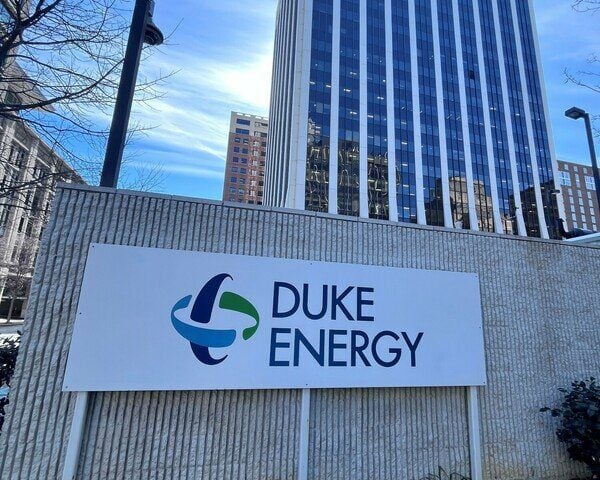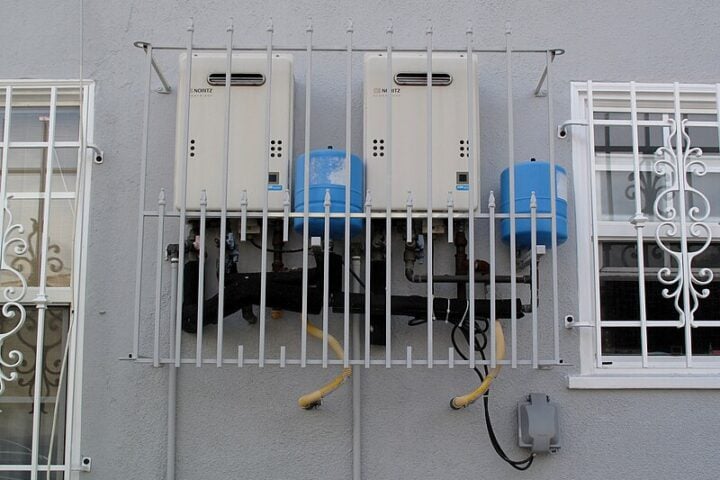In an era where energy storage solutions are crucial for renewable energy adoption, MIT Professor Kripa Varanasi and his team at Alsym Energy have engineered a non-flammable, non-toxic battery that could reshape industrial decarbonization efforts.
The new battery technology, which uses water-based electrolytes and abundant materials like manganese oxide and metal oxide for electrodes, addresses key safety concerns that have limited lithium-ion battery deployment in dense urban areas and industrial settings.
“Renewables are intermittent, so you need storage, and to really solve the decarbonization problem, we need to be able to make these batteries anywhere at low cost,” says Professor Varanasi, co-founder of Alsym Energy.
The batteries demonstrate key technical capabilities:
- Discharge duration ranging from 2 to 110 hours
- Fast-charge capability over four hours
- A 20-foot container provides 1.7 megawatt hours of electricity
- Energy density higher than other non-lithium alternatives, though not reaching lithium-ion levels
The absence of lithium and cobalt in these batteries addresses a critical gap in the market. “No chemical or steel plant would dare put a lithium battery close to their premises because of the flammability, and industrial emissions are a much bigger problem than passenger cars,” explains Mukesh Chatter, CEO and co-founder of Alsym Energy.
The company has begun manufacturing prototypes at their Woburn, Massachusetts facility and is currently conducting field tests with potential customers worldwide. Target sectors include:
- Industrial manufacturing
- Mining operations
- Data centers
- Residential power systems
- Utility-scale storage
- Metal processing facilities
Similar Posts
The batteries can be produced in existing lithium-ion manufacturing plants with minimal modifications, potentially reducing production costs. The use of readily available materials also mitigates supply chain risks associated with rare earth elements.
Alsym Energy is actively working on multiple battery chemistries to serve different applications. “What we have is a platform that has enabled us to not just to come up with just one chemistry, but at least three or four chemistries targeted at different applications so no one particular set of materials will be stressed in terms of supply,” Professor Varanasi notes.
The company’s expansion into larger-scale testing this year marks a crucial phase in commercialization. They are engaging with municipalities, generator manufacturers, and providers of behind-the-meter power solutions.
With the rise of AI and increasing data center energy demands, sustainable power solutions become more critical. The batteries use relatively stable, abundant materials, and the electrolyte is primarily water with some non-toxic additions. The technology also aligns with efforts to provide reliable electricity access to underserved populations globally.
The company is working with large utilities, municipalities, generator manufacturers, and providers of behind-the-meter power for residential and commercial buildings. They are also in discussion with metal processing plants to provide energy storage systems, an application that wasn’t feasible with traditional lithium-ion batteries due to safety concerns.
